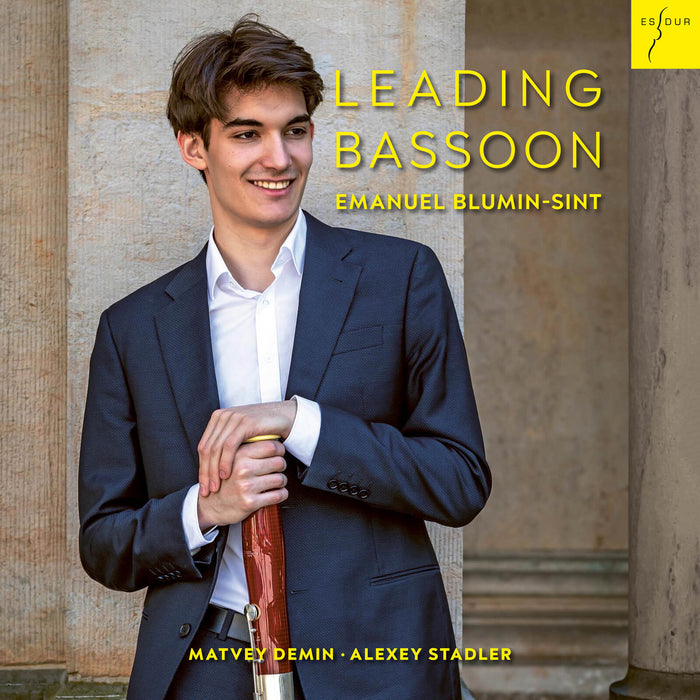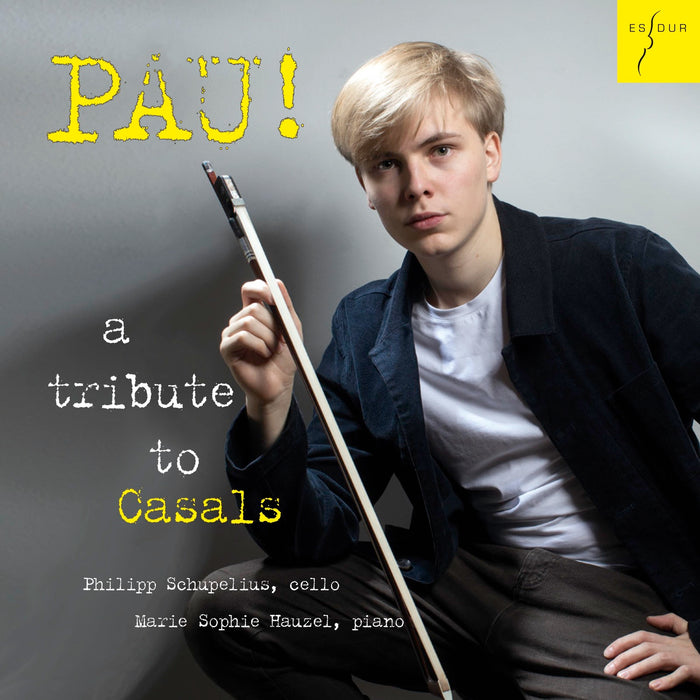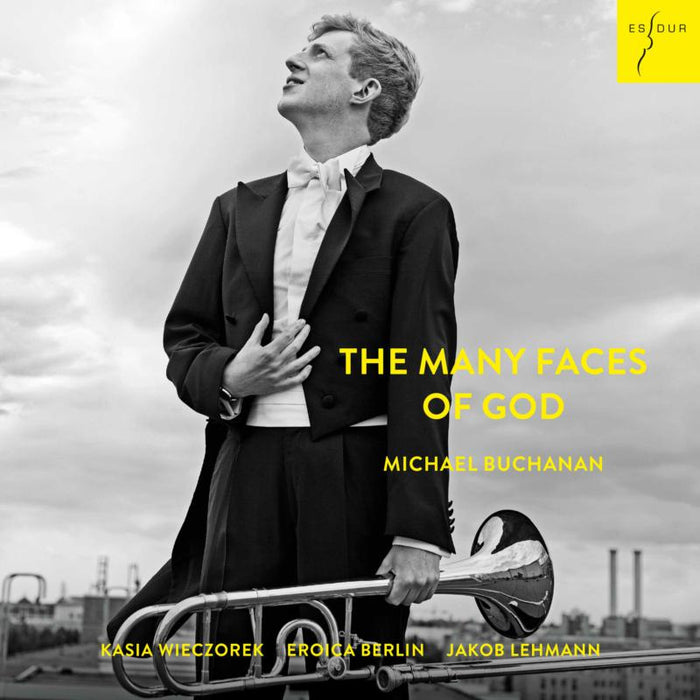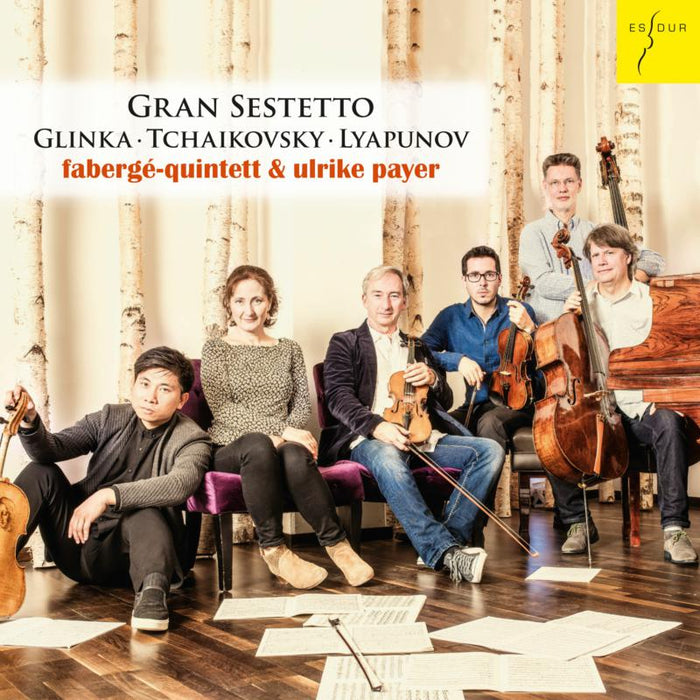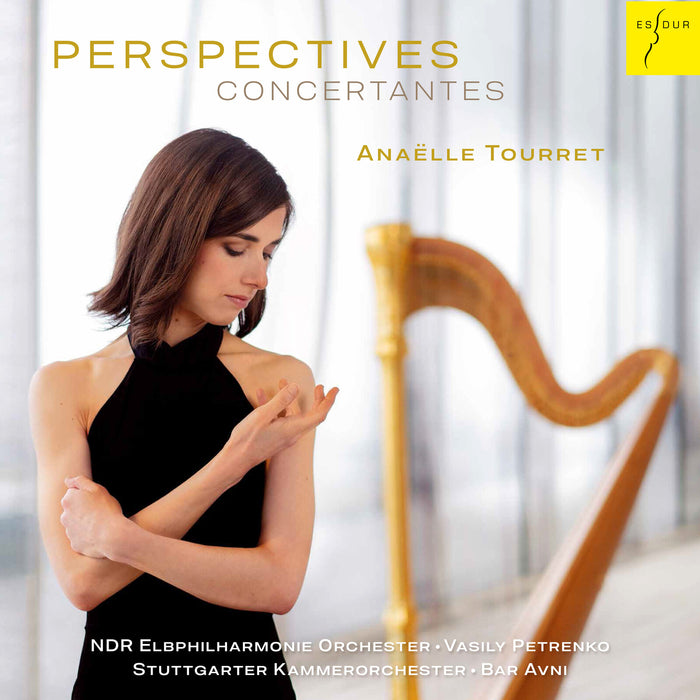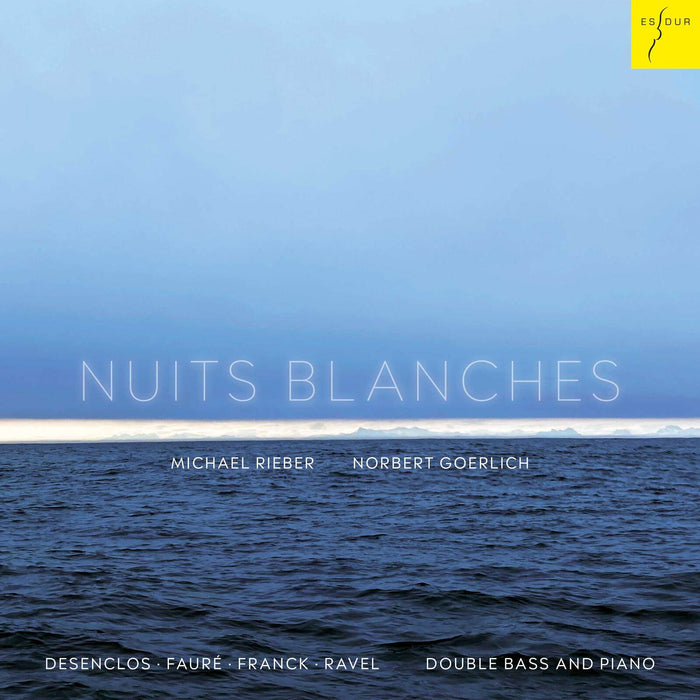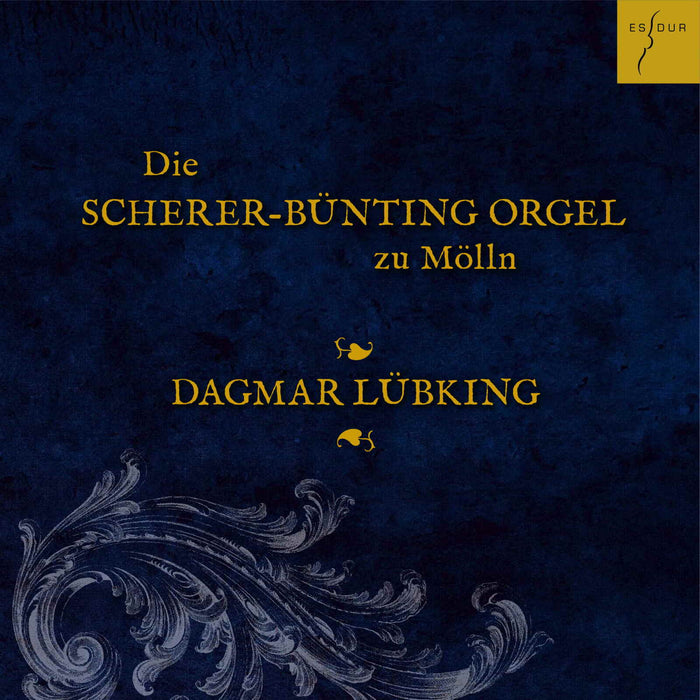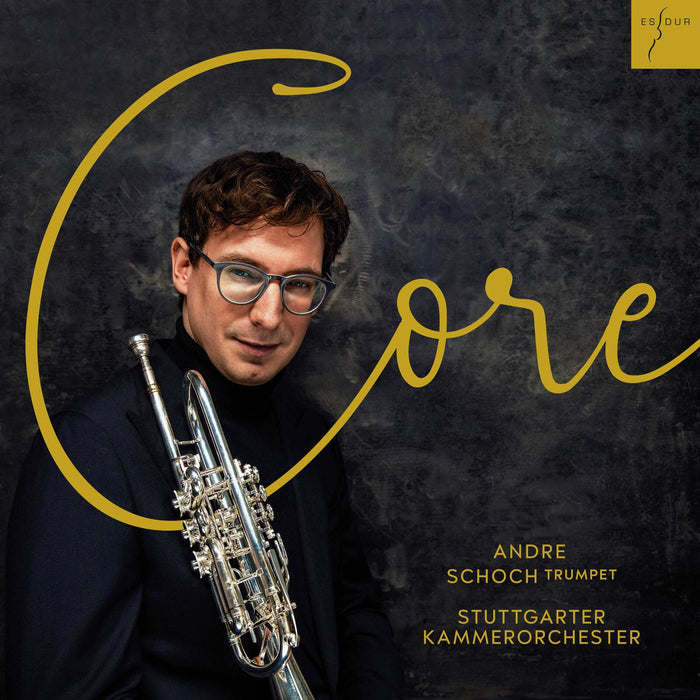Description
In its versatility and suppleness of expression, the saxophone most closely resembles the human voice. This is what the present album, recorded by the NDR Chor together with the Raschèr Saxophone Quartet, proves.
In addition to several a cappella pieces, nine (birds) here brings together works for choir and saxophone, all of them first releases, by the composers Ian Wilson and Ivan Moody. Both born in 1964, their compositional style differs fundamentally. While Wilson's work was mainly inspired by modern music and art, Moody's works are characterized by his affiliation with the Orthodox Church and his preference for religious, mystical themes.
Wilson's composition nine (birds) here, two small pieces from 1990, are his first works for choir and the setting to music of two poems by the American poet E. E. Cummings. Between Cummings' two small poems, written more than 20 years apart, Wilson recognized an "effective connective contrast [...] with their respective focus on stillness and movement." In nine (birds) here, he translates Cummings' imaginative use of text layouts and punctual interruptions into his own musical language. Thus he adopts the fragmentary character of Cummings' poetry in his music.
The harmony of the following piece I carry your heart – the setting of E.E. Cummings' well-known love poem I carry your heart with me – is more opulent and sophisticated. Wilson composed it in 2011 as a wedding present for the daughter of a couple he was friends with. While the work's basic mood is one of tenderness and love, Ian Wilson translates the emotional outbursts of love into sudden bursts of dynamism, agogic, and ambitus of melody.
The opening lines of the book Die traumenden Knaben (1908/1917) by the Viennese expressionist Oskar Kokoschka are used for the verses of the composition Little red fish (2006) for mixed choir and saxophone quartet. The book was commissioned by Fritz Waerndorfer, benefactor of the Wiener Werkstätte, as an illustrated fairy tale for his children. Kokoschka, however, turned it into a work that deals with violence, death, and the loss of innocence. He dedicated Die träumenden Knaben to Gustav Klimt – the master of provocation of the fin de siècle. The setting also retains the gloomy atmosphere of the text. Wilson masterly succeeds in translating the poem's nightmarish nature into music, thus immersing the listener in Kokoschka's threatening world.
Unlike Ian Wilson, Ivan Moody concentrates more on lyric comprehensibility, melody, and harmony in his compositions. Silence, which Moody regards as "holy," is a central element in many of his works. In a predominant part of his works, he makes reference to his religion. Moons and Suns (2008) is one of the few compositions not based on a sacrosanct text: The words are taken from the 49th rune of the Kaleva, the 19th-century Finnish national epic that was translated into English by W. F. Kirby. Moody sees the text as a "symbol for the misuse of the earth's resources," which is why the work deals with ecological rather than religious issues. The saxophones allow the composer to write illustrative music; by constantly changing the musical texture, he depicts vibrant, seemingly archaic landscapes.
In his compositions, Moody often incorporates characteristics of Byzantine church chant innovatively and attempts to combine them with the characteristics of Western art music. He who clothed himself with light (2005) also orientates itself melodically and harmonically on Byzantine chant. With this composition, he sets to music one of the great hymns of the Orthodox churches on the occasion of Holy Week.
Likewise, Ivan Moody refers to religion in the last work on this CD, Aflame (2015). One of the piece's characteristics is its reduction to a melodic core. Moody succeeds, despite its simple melodic structure, in creating drama and variety by means of simple musical devices and their richly contrasting arrangement.


